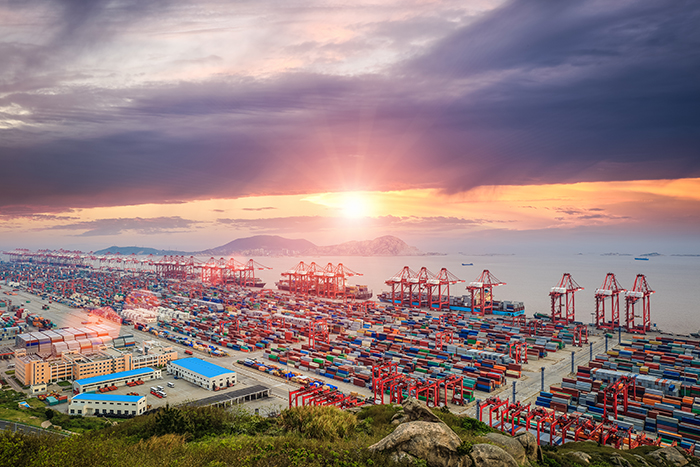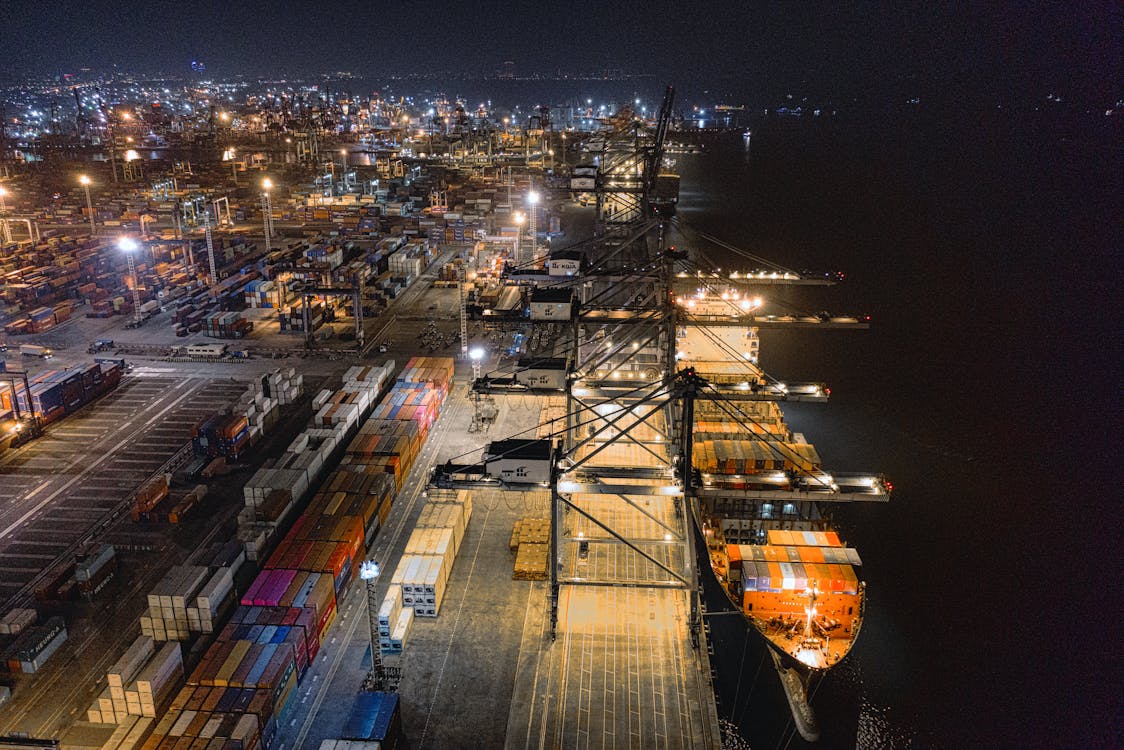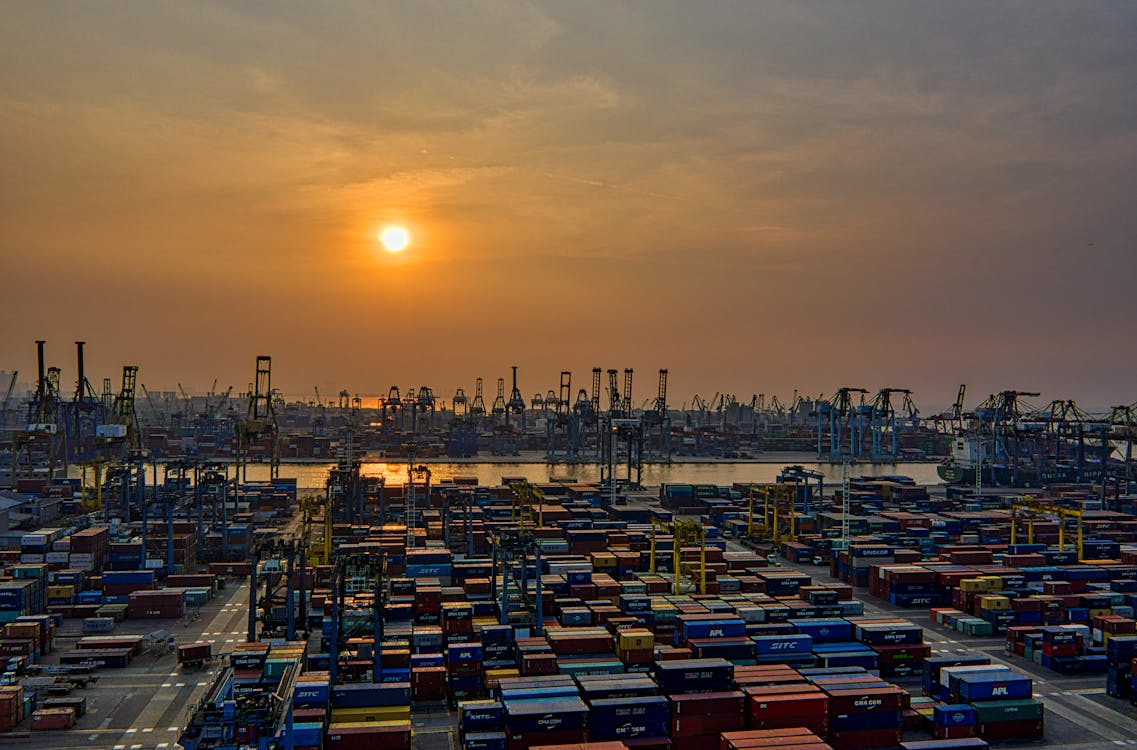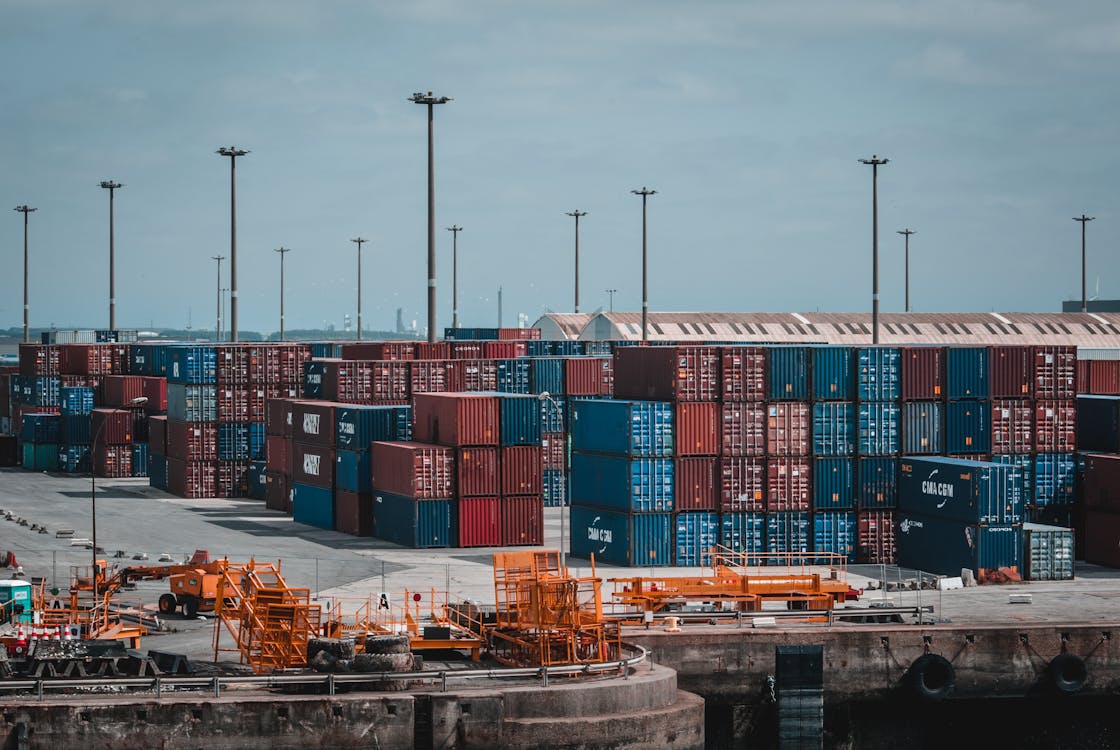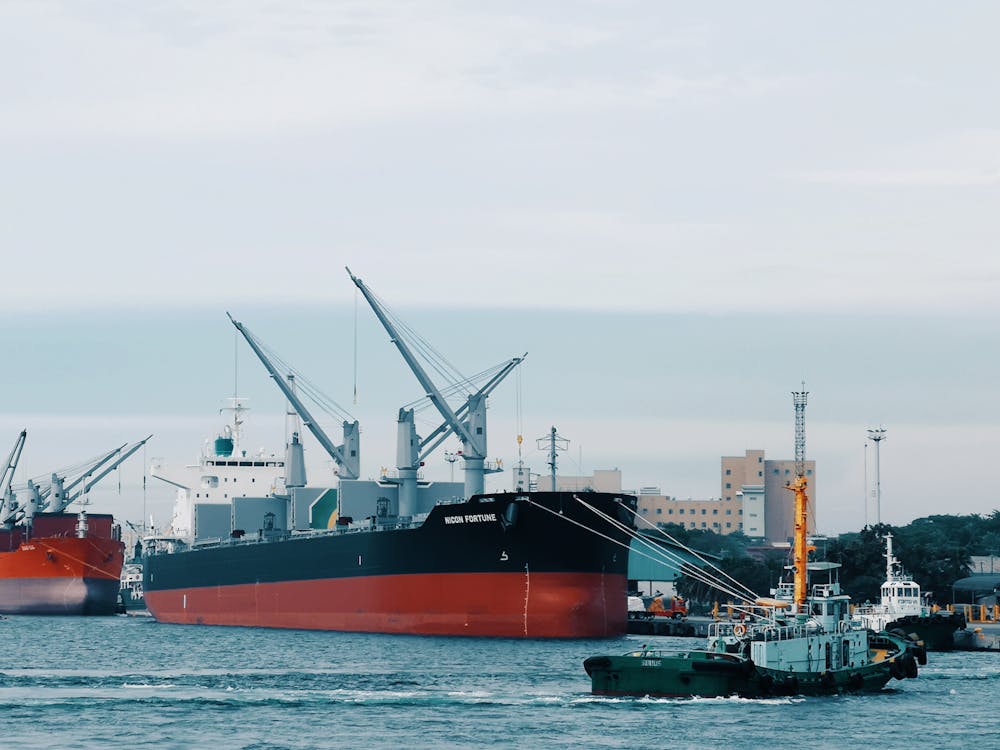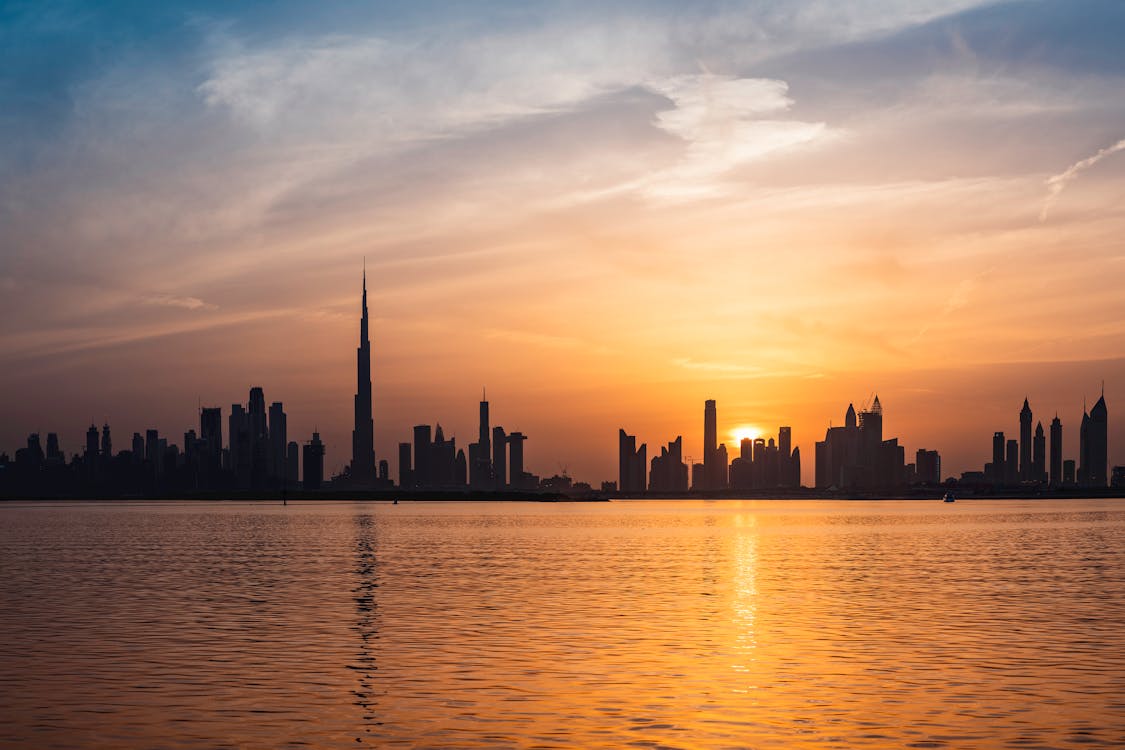Neptune Pacific Line (Neptune) announced it has acquired Pacific Direct Line (PDL) from PDL’s parent holding company, Pacific International Lines (PIL) four days ago. This is further consolidation of the shipping market that I have long been saying in this blog is necessary for rate restoration and therefore financially healthy shipping services.
 |
| PDL's "Melanesian Pride" |
The combined resources of Neptune and PDL will enable transport, warehousing, depots and customs services to be linked and will be another step closer toward integration of shipper's supply chains across 18 South Pacific markets.
The acquisition of PDL will strengthen Neptune’s Melanesian and Polynesian network, provide a link to Micronesia and the French territories. Global market connectivity will also be enhanced as they intend to hub cargo through ports in Fiji and New Zealand.
The acquisition of PDL will strengthen Neptune’s Melanesian and Polynesian network, provide a link to Micronesia and the French territories. Global market connectivity will also be enhanced as they intend to hub cargo through ports in Fiji and New Zealand.
For PIL this divestment enables them to focus more on their key liner shipping markets in Asia, the Middle East, Africa and South America.
PDL currently operates throughout the South Pacific region and specialises in providing liner shipping services from New Zealand and Australia to the South Pacific Islands. My company, Depth Logistics , has enjoyed a close working relationship with PDL, particularly with break bulk cargo, which we believe will continue under Neptune's ownership.
Please contact me if you would like any further information or to discuss your South Pacific shipping needs.
PDL currently operates throughout the South Pacific region and specialises in providing liner shipping services from New Zealand and Australia to the South Pacific Islands. My company, Depth Logistics , has enjoyed a close working relationship with PDL, particularly with break bulk cargo, which we believe will continue under Neptune's ownership.
Please contact me if you would like any further information or to discuss your South Pacific shipping needs.
All for now,
Brad Skelton




